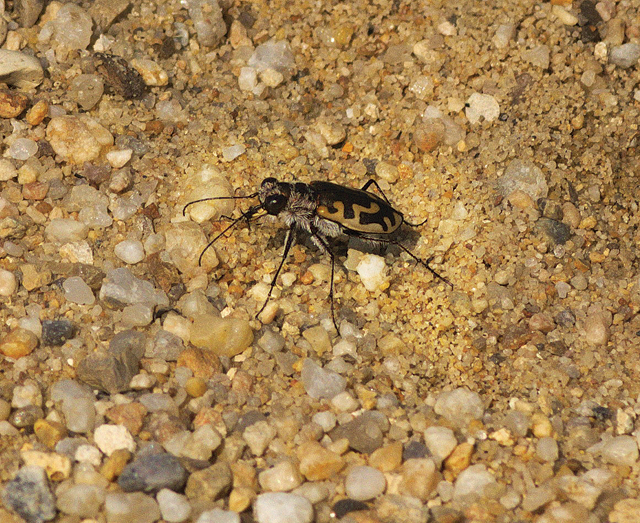What exactly lives on Plum Island? More than 1,000 species, researchers find

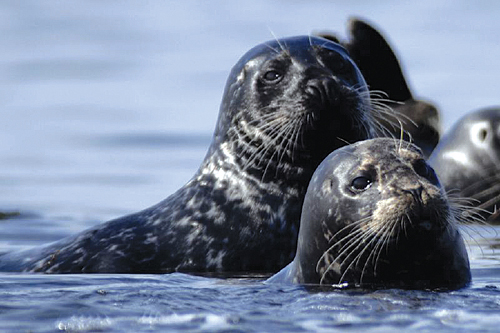
The existing natural habitat has been factor the most often cited in the fight against the potential sale of Plum Island.
But the specific types of wildlife and plants that thrive on the island have never been fully documented. With that in mind, researchers from the New York Natural Heritage Program spent the last year recording all the living species on the island, where the existing federal animal disease research center is expected to close in the coming years.
“The goal of the inventory was to fill gaps in the information that we have about Plum Island’s wildlife, plants and natural communities,” said Matthew Schlesinger, chief zoologist for the NYNHP. “If the Island is going to be sold, or whatever would happen to the island in the long term, a lot of people thought it was important to have a better understanding of the significant biodiversity of the island.”
The scientists’ findings will be presented to the public Thursday, Oct. 20, at 7:30 p.m. at Peconic Landing in Greenport.
Mr. Schlesinger said the group was able to document more than 1,000 different species on the island, including plants, ecological communities, mammals, birds, fish, insects, reptiles and amphibians. The group concluded that 111 of these species are classified as conservation concerns. This means the New York State Department of Conservation has ranked these species as either endangered or threatened or in potential need of protection.
Thirteen species of birds that breed on the island and 23 species of plants growing there fall into these categories.
The team was not able to get a complete inventory of the island’s insects, but did find some rare species there, including tiger beetles, dragonflies and various types of moths. They were even able to find a moth species that has not been documented in New York for over 100 years.
Plum Island is also one of New York’s largest winter haul-out sites for seals, according to the report. Mr. Schlesinger said hundreds of seals can be found on rocks there during the winter months.
“There’s only a handful of places on Long Island that you can reliably go see seals in the wintertime and maybe Plum Island could be one of those,” he said.
The number of water-oriented animals that breed on the island is significant, according to the study, especially the common eider duck, which breeds in only two other places in New York.
Mr. Schlesinger said he and his team believe a lot of work can be done to improve the biodiversity of the island by using different management techniques, such as preserving and monitoring the island’s bluffs, eradicating raccoons and controlling invasive plants.
Randy Parsons, a land conservation specialist with The Nature Conservancy of Long Island, is also expected to participate in the Oct. 20 presentation, along with Southold Town Supervisor Scott Russell.
Mr. Parsons called the island a “national treasure” and said he is excited to show people the information gathered in the report.
“It’s a very important place for animals,” he said. “It could be much more significant to a lot of other species if properly managed.”
Top photo caption: Harbor seals, sometimes hundreds at a time, haul out on the rocks at Plum Island. The island is one of the few places in New York where seals can be found during the winter. (Credit: Chuck Abbe/Flickr)
Needham’s skimmer
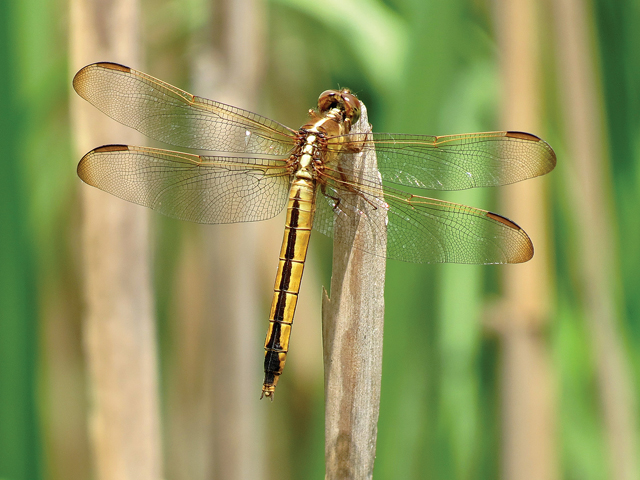
Io moth
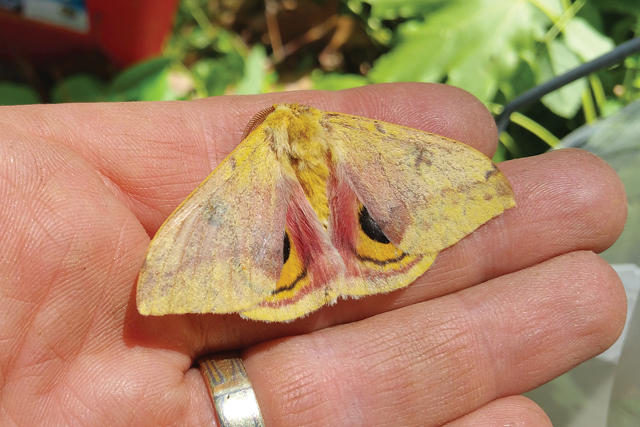
Common elder duck
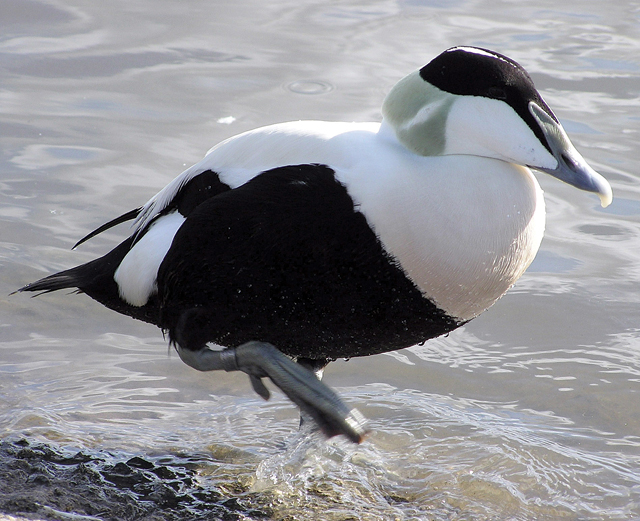
Hairy-necked tiger beetle
